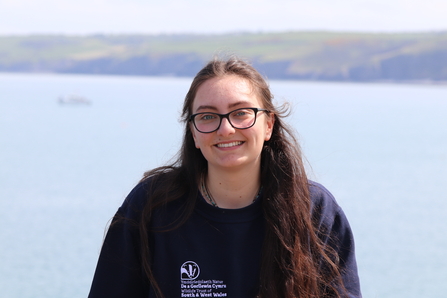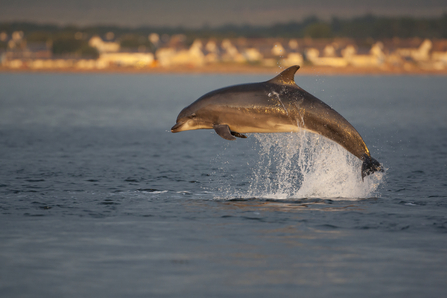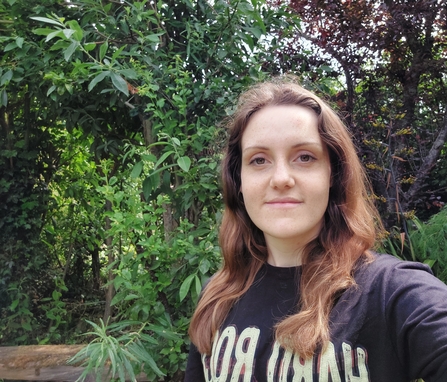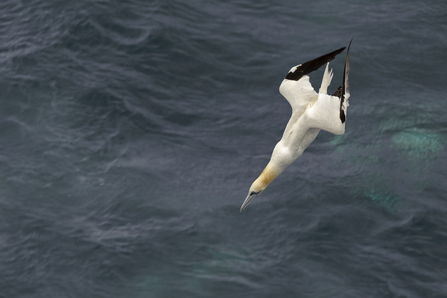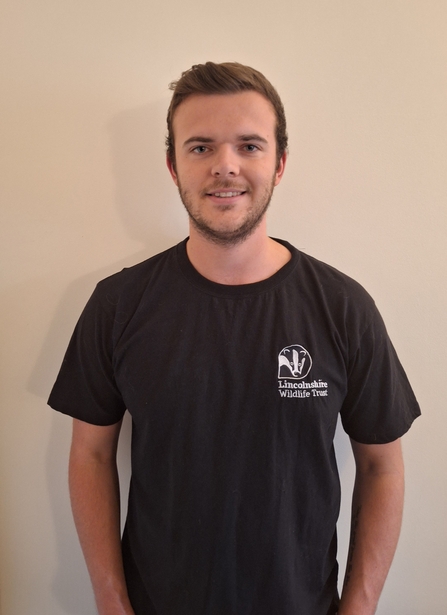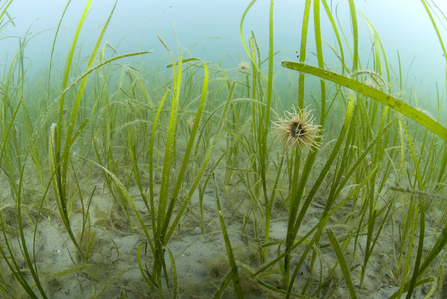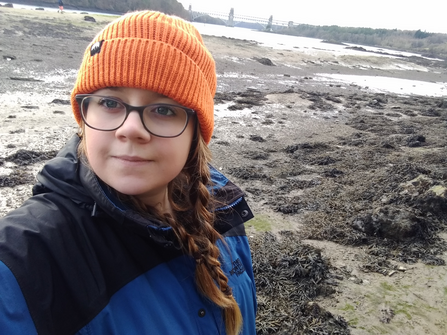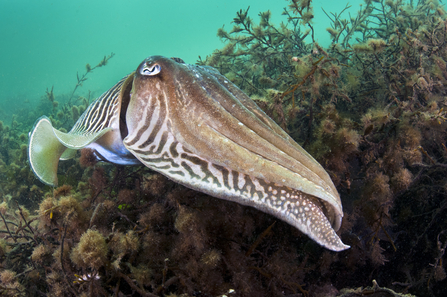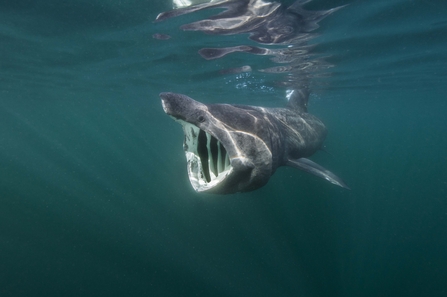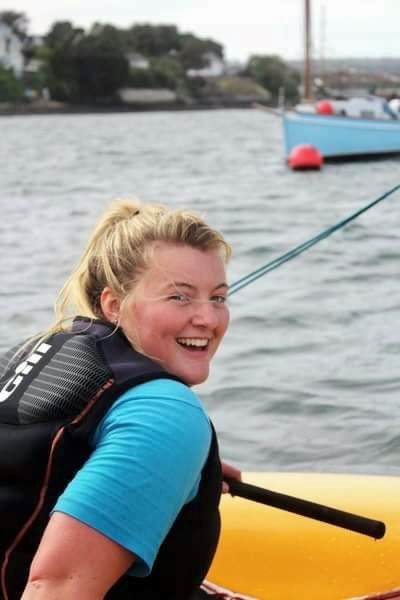The UK’s seas are full of surprises. They’re home to some species you may expect would be more at home in tropical waters, and others you might never have heard of at all! We asked some members of Generation Sea, a group of young marine enthusiasts from across The Wildlife Trusts, to introduce some of their favourites…
1) Undulate ray
From Libby, Scottish Wildlife Trust
Hi! I’m Libby, and I’m a research and development intern in sustainable aquaculture at the Scottish Association for Marine Science and a volunteer young leader for the Scottish Wildlife Trust. I’m fascinated by the sea, its inhabitants, and the value they bring to people’s lives!
One particular species that I champion is the undulate ray. Although commonly referred to as a ray, this animal is actually a skate, with a smaller and thicker tail than a ray and no stinging capabilities. It lays eggs, also known as ‘mermaid’s purses’, which are made of keratin – the same composition as our nails and hair. These eggs can be found all year round, washed up on the coast or developing underwater.
Although they are locally common in some waters of the British Isles, the undulate ray is listed as endangered under the IUCN’s red list at a global scale. Fortunately, positive work is being done, including the citizen science project called the ‘Great Eggcase Hunt’, which was launched in 2003 by The Shark Trust. The project allows anyone that visits the shore to record eggcase sightings, helping to monitor sharks, skates and rays in our seas.



